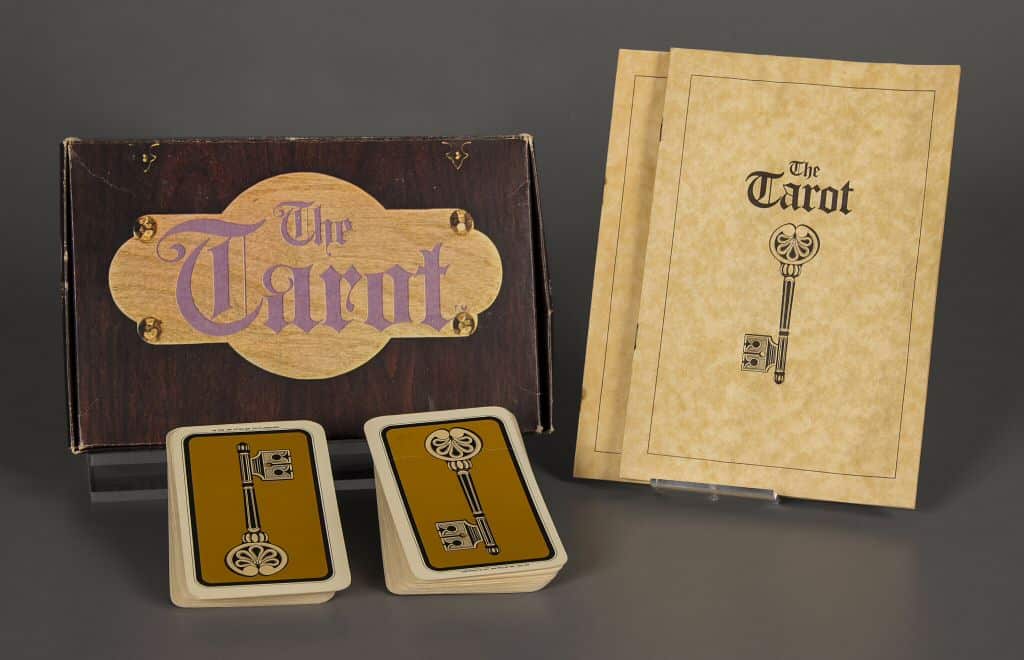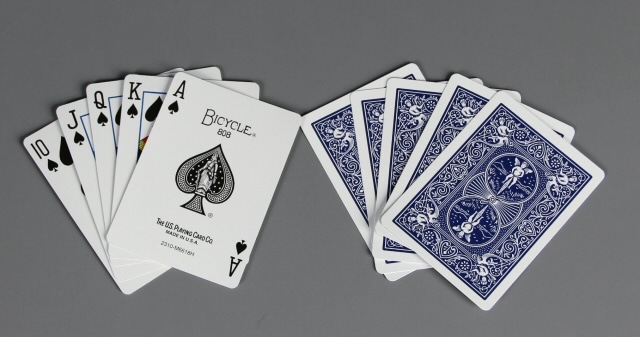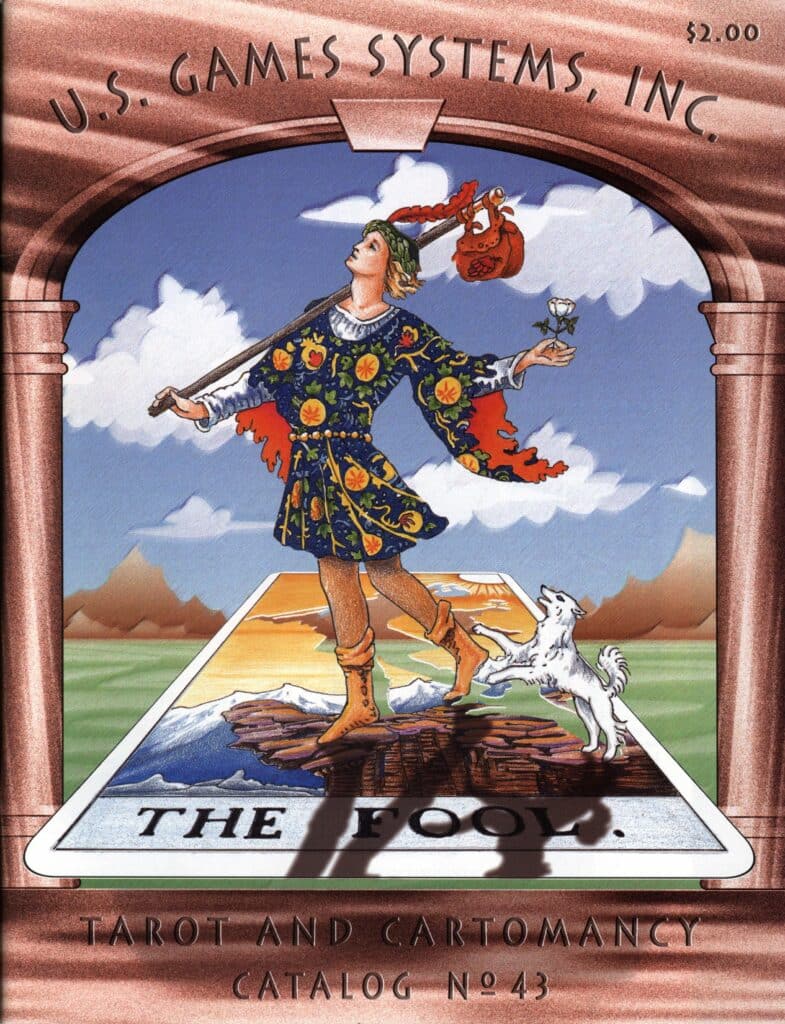When I say “tarot cards” you probably conjure up an image of fortune tellers in your mind. Or you might picture the hundreds of decks of the famed 78 cards available in stores. The images on tarot cards always vary, but the structure remains the same: the Major Arcana [also known as the trump cards], and the Minor Arcana, made up of four suits. But did you know, these cards were not used for divination until the 18th century? And in fact, their original use was for a game! Not only that, but they were the ancestors to what we know today as our standard 52-card deck.

In 1938, George Coffin wrote an article in Games Digest, titled “Taro: Ancestor of Whist,” wherein he explains the struggle I personally experienced while doing this research: having learned these divination cards were originally for a game, but still not knowing much about the game itself. He luckily found someone from Italy to talk to and learned not only were il tarocchi cards still used for games, but how to play a game with them that was not too different from Whist. Looking at the standard playing cards in Western countries now, you can immediately see some similarities in the two types of decks. Playing cards have four suits: Spades, Hearts, Clubs, Diamonds, and each is made up of numbers 1 (ace) to 10, then the “Court” cards of the Jack, Queen, and King. Tarot cards in the Minor Arcana have their four suits with ace to ten as well, then the Page, the Cavalier, the Queen, and the King. In Tarot Cards for Fun and Fortune Telling, S.R. Kaplan says, “The ordinary pack of playing cards is a direct descendent from the fourteenth century tarot deck. As card playing increased in popularity the trump cards were dropped, and the Cavalier and Page cards were combined into today’s Jack, and “The Fool” became the Joker.”
The exact origin of what we know as tarot cards is often debated, and there is plenty of written evidence dating the use of tarot cards from well before the 15th century. Historians generally refer to the 1440s and the Italian cities of Venice, Milan, Florence, and Urbino when providing a starting point, due to the strongest historical analytical evidence they have: the Visconti-Sforza Tarot Cards. These cards date from around 1442 and are believed to be the earliest surviving tarot cards, which were then associated with the Duke of Milan. The suits used on these cards are not much different from the suits we know today: Coppe (cups), bastoni (batons), denari (coins), and spade (swords).

The original game itself then, and now usually referred to as ill tarocchi, is described by Kaplan as “involved bidding, melding of points, and the taking of tricks. Although tarot games have varied through the centuries… and are still played in some parts of Europe.” This of course, then does not sound too different from games most people play today with the standard 52-card deck. Games are similar, but the rules always vary depending on who is playing. Coffin calls The Fool card the wild card which is then supported in Michael Dummett’s description of the game in The Visconti-Sforza Tarot Cards: “trionfi, exclusive of the matto [The Fool], serve as permanent trumps. A player must follow suit, or, if he cannot, must play a trump if he has one. The matto has no power to win a trick, but may be played regardless of the obligation to follow suit or trump; it does not in normal circumstances go to the winner of the trick to which it was played, but is placed among the cards won by the one who played it. A player scores one point for each trick, but, in addition, extra points for other cards captured or brought home in tricks.” This is a very general overview of the game but having watched a few tutorials I can confirm that it outlines the game today quite well.

I am sure you are wondering, though, because I certainly was: how did playing cards turn into the main form of cartomancy (divination using cards) we know today? It is believed that much of the esoteric ideology of the cards started because Renaissance artists included references to alchemical symbols in the cards. It was not, however, until the 1780s in France when people wrote on the topic of how people saw these alchemical symbols as well as the depictions on the cards as meaning more than just lovely images for playing cards. This was when the separation between those who simply wanted to play cards and those who sought more in the detailed images of their cards took place. Then in 1909 we got the Rider-Waite-Smith Tarot deck many are familiar with today for divination.
From beautifully hand painted cards in Italy to our standard deck today, tarot has evolved a great deal through the centuries, both in use and appearance. But it is interesting to learn that the rules for playing the original game still exist and are used today across Europe. So if you ever want to try your hand at tarocchi you still can! You just need a tarot deck and a few friends to play to have a fun game night not too different from the Duke of Milan and his family back in the 15th Century.
 Hours 10 a.m.–5 p.m. | Fri. & Sat. till 8 p.m.
Hours 10 a.m.–5 p.m. | Fri. & Sat. till 8 p.m.